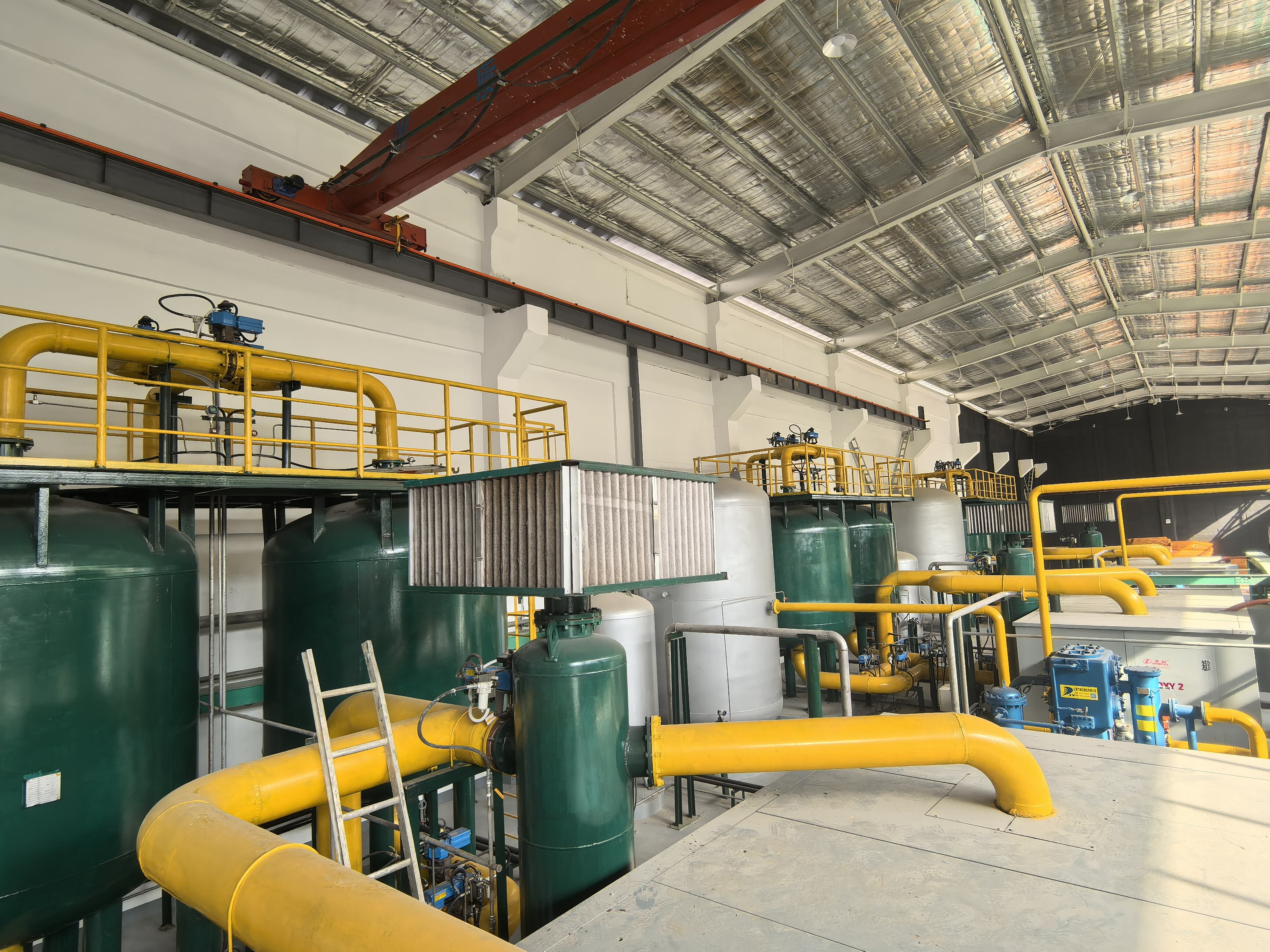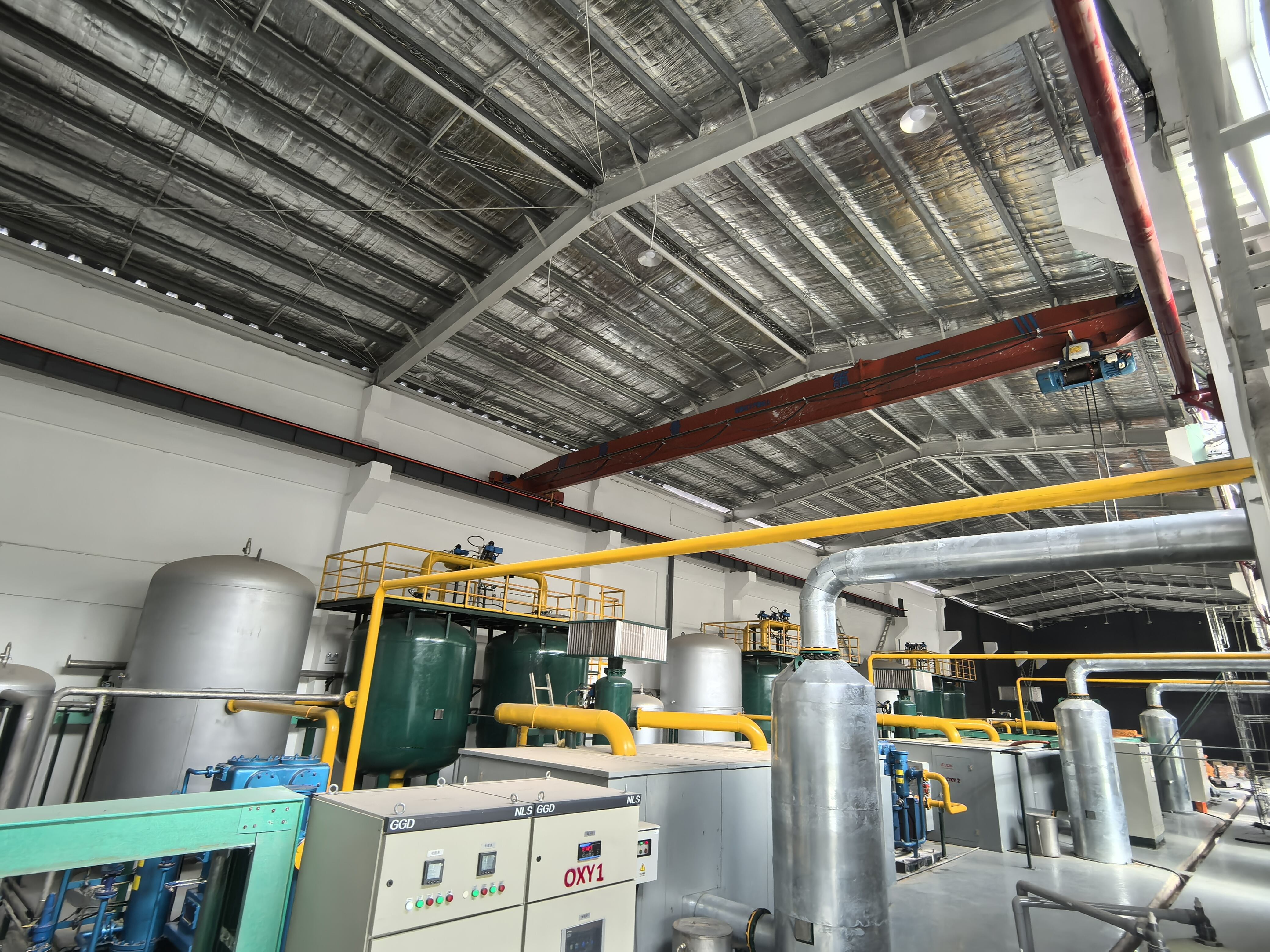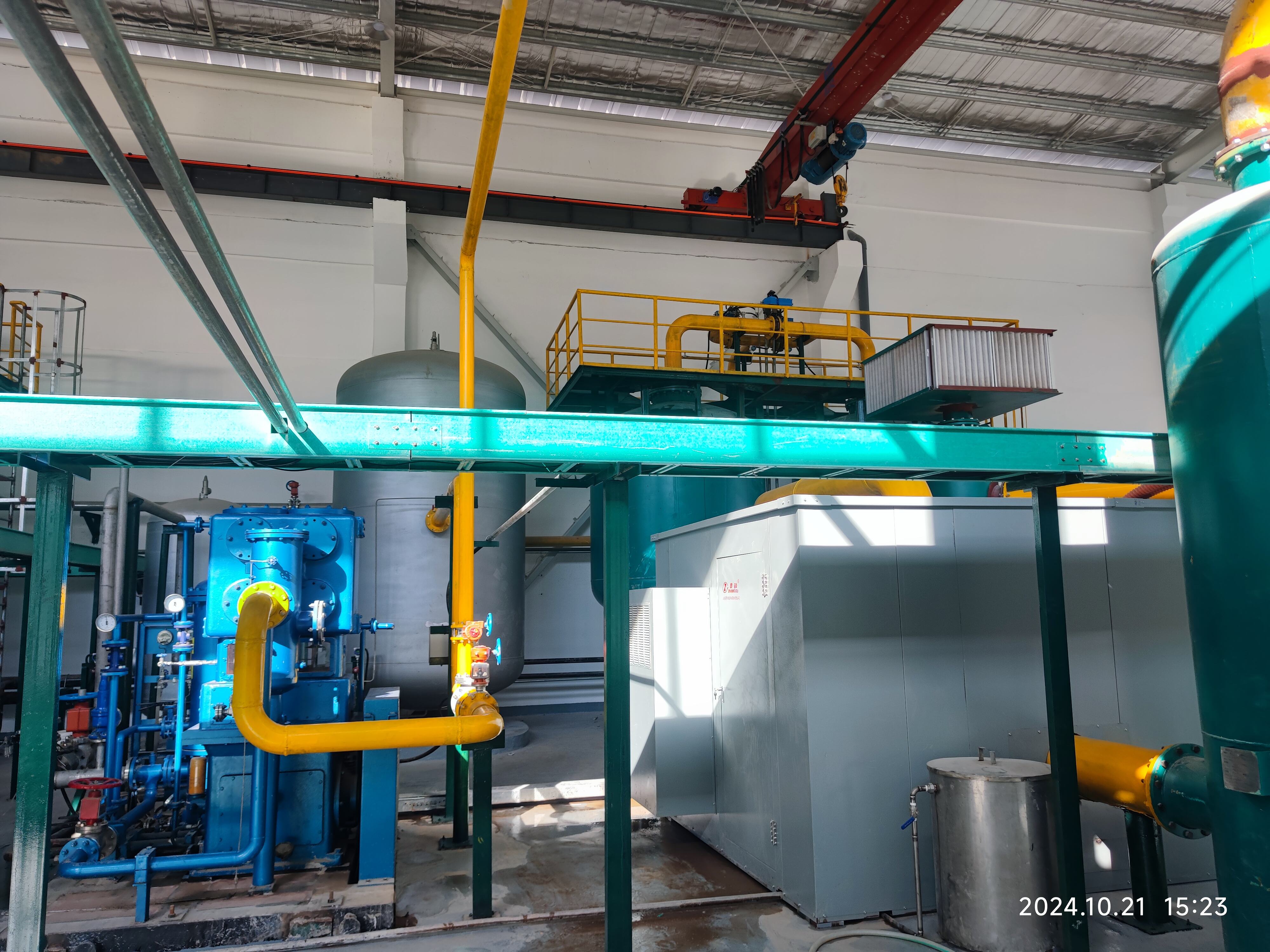vpsa oxygen generation unit
A VPSA (Vacuum Pressure Swing Adsorption) oxygen generation unit represents a cutting-edge solution for on-site oxygen production. This sophisticated system operates by separating oxygen from ambient air through a highly efficient molecular sieve process. The unit employs specialized zeolite materials that selectively adsorb nitrogen while allowing oxygen to pass through, resulting in high-purity oxygen production. The VPSA technology operates in a continuous cycle, alternating between pressurization and vacuum phases to ensure consistent oxygen output. The system includes multiple vessels containing molecular sieves, advanced control systems for process management, and precision instruments for monitoring oxygen purity. With production capacities ranging from small to industrial scale, these units can achieve oxygen purity levels up to 95%. The technology incorporates energy-efficient components, including vacuum pumps, compressors, and automated valve systems, all working in harmony to maintain optimal performance. VPSA units are designed with redundancy features and fail-safe mechanisms to ensure uninterrupted oxygen supply, making them ideal for various applications across medical, industrial, and manufacturing sectors.


